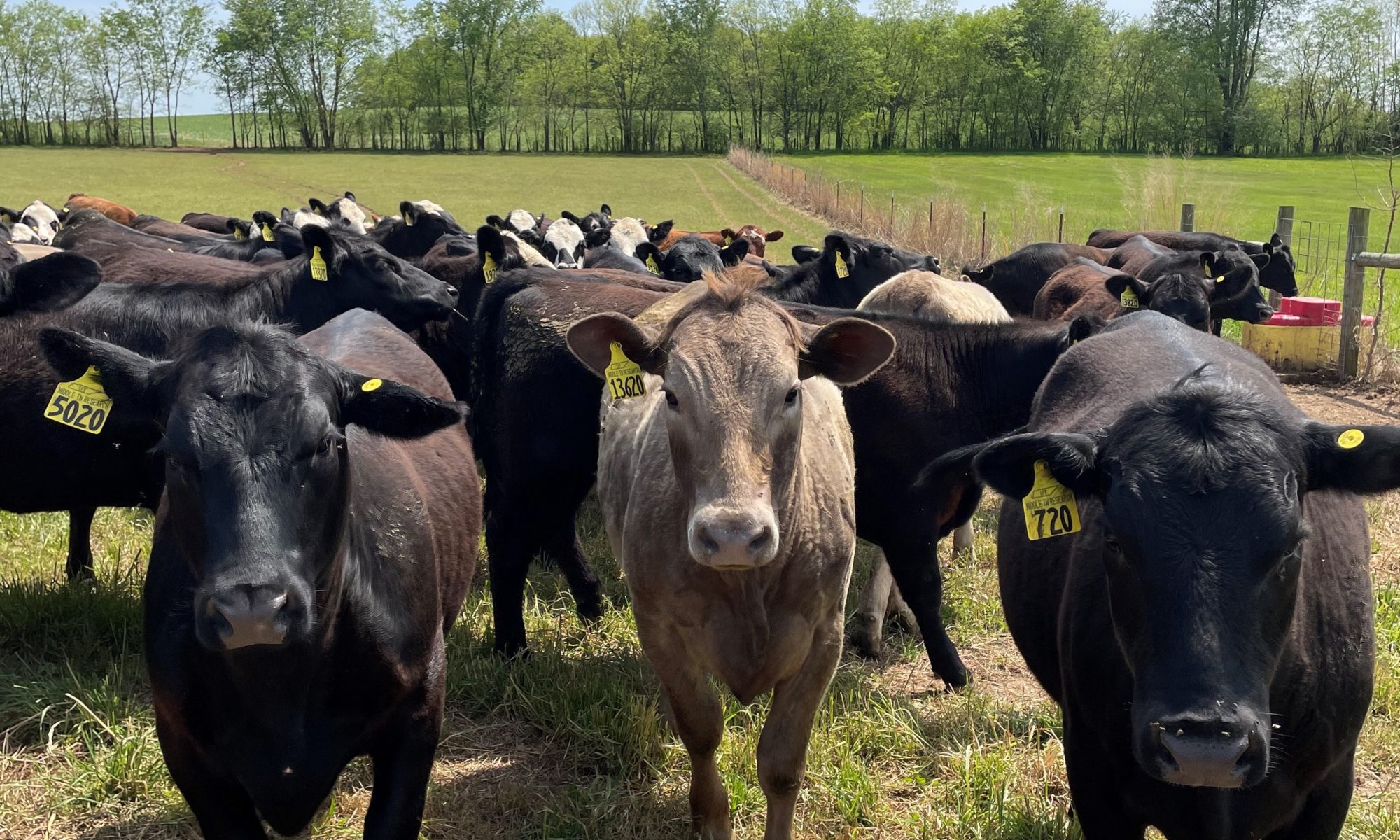

Dr. Gary Bates
Department Head and Professor, Plant Sciences
Director, UT Beef & Forage Center
P: 865-974-7324
It doesn’t take a long time with me to realize I like to joke. I will make fun of you, myself, or any situation I find humorous. I have learned to not take myself too seriously, and one way I have found to show humility is through making fun of myself.
But sometimes situations are serious enough that it there isn’t time for joking. Or maybe the question is so important that it needs to be dealt straightway. One of these topics is how to cut costs in your livestock operation. Between the cost of fertilizer, fuel, and equipment, squeezing a profit out of a cow herd is a pretty big challenge. There are a few things you can do to increase the price you get for you calves, but there are several things you can do to cut your expenses. A few of the biggest ones are relatively easy to implement.
- Soil testing – This practice is always important, but as fertilizer price goes up, so does the value of soil test results. It allows you to know exactly the nutrient level and pH of your soil, and to make plans for liming and fertilizing. Without a test you won’t know if you are overfertilizing or under fertilizing. You won’t be able to tell if you need lime to raise the pH, or whether your soil is at the proper pH to make all the nutrients available to the plant.
- Plant clovers – Since nitrogen is the primary nutrient associated with plant yield, if you decrease nitrogen fertilization you will usually decrease your forage yield. But if you have a good stand of red and white clover in a grass pasture, an equivalent of 60 pounds of N per acre will be provided by the clovers. These should be seeded in late February at the rate of 2 lb white clover and 4 lb red clover per acre. This is an easy way to decrease your nitrogen fertilizer cost while improving the quality of your forage.
- Stockpiling tall fescue – One of the single largest expenses in a cattle operation is hay production and feeding. With fertilizer and fuel expenses, it isn’t unusual for a producer to spend $1-2 dollars per cow per day to feed hay during the winter. Every day that we can delay hay feeding by grazing is a chance to save money. Stockpiling tall fescue is a way to lengthen the fall grazing season and decrease the amount of hay fed. Stockpiling can be accomplished by keeping cattle out of a tall fescue field in September and October until later in the fall. Delaying grazing will allow the forage to accumulate, providing more grazing days. You can increase the forage accumulation by applying up to 60 lbs of nitrogen per acre, although that isn’t necessary for stockpiling to work.
- Don’t overgraze in spring and summer – Research has shown that if you graze tall fescue below 3 inches during spring and summer, you will decrease forage yield and persistence. Practically that means you won’t get as much yield, and you might have to reseed in the fall to thicken the stand. Divide large pastures into smaller sections so you can get cattle off the field when it gets grazed to 3 inches, then keep them off to allow the pasture to regrow. This will help improve the forage regrowth potential, as well as keep plants strong and healthy so they won’t die from the lack of stored carbohydrates. You don’t have to divide everything into extremely small paddocks. Just divide them enough so you can give pastures 3-4 weeks rest for regrowth.
